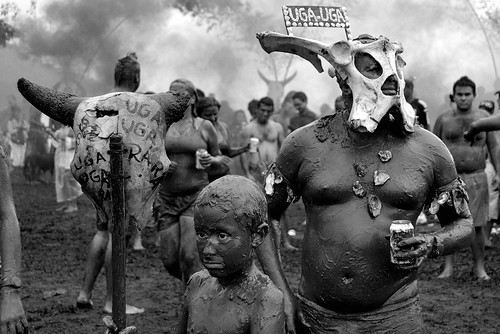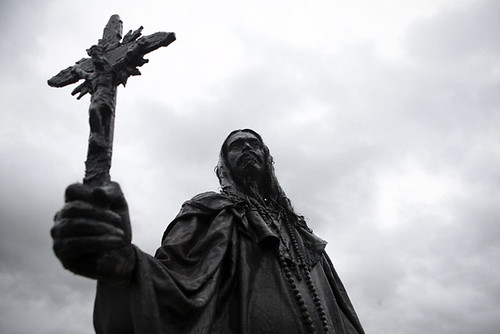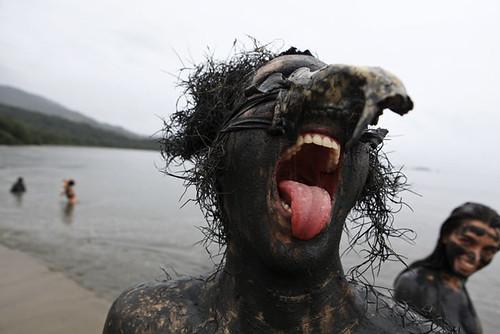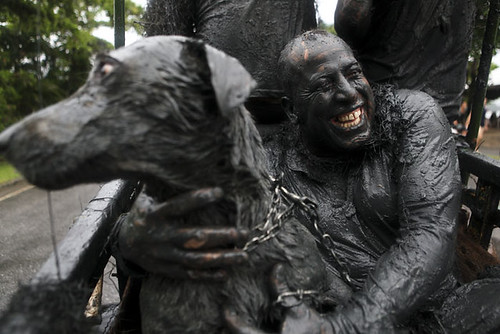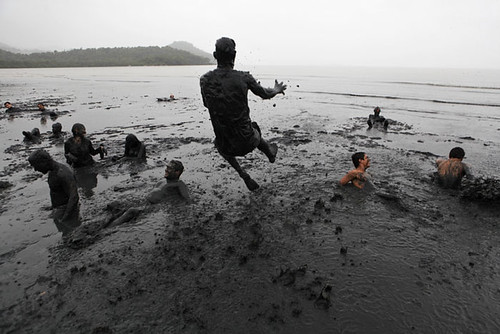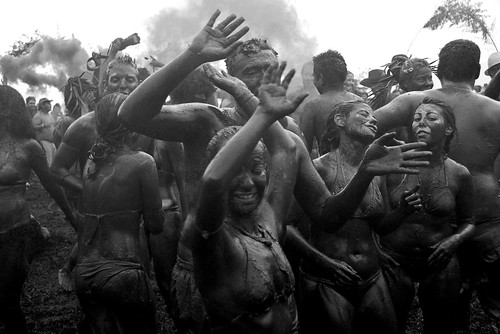A selection of recommended and not-so-recommended books about South America
27 Apr
My obsession with South America continues to power on, leaving me with little choose to spend the majority of every day either reading about the Peruvian elections, listening to Brazilian music, trying unconvincingly to make milanesas, watching films about indigenous tribes and reading book after book about any subject that has some vague link to South America. Therefore, I thought I would share a few of those books here, the majority of which I would recommend.
Tropical Truth by Caetano Veloso
Start with the best! This is Veloso’s autobiography from childhood upto the modern day, though most of the content is the story of how tropicalia was borne, and then Veloso’s incarceration by the Brazilian government. There’s something incredibly easy about reading this book, Veloso will vary the subject from personal traumas to discussing the avant-garde or even talking about masturbation, yet always he comes across as informal yet incredibly knowledgeable, and with a serious passion for music. The sections about tropicalia and his role within the movement are truly revelatory. Far too little has been written about that particular period in Brazil’s history, but this does help to fill that gap somewhat.
Viva South America! by Oliver Balch
This is a selection of articles by Oliver Balch as he travels throughout South America. Written in a journalistic style, it follows Balch as he goes from country-to-country and subject-to-subject, all the time relating the experience to Simon Bolivar’s idea of how South America would evolve. This is a very interesting book that underwhelmed me for the first three chapters in Bolivia, Chile and Argentina. For some reason the overly-political tone disengaged me and I found it hard to relate to Balch and his stories. This changed though once he visited Paraguay and it’s disastrous human rights record and then Brazil, where he looked into attitudes towards race. Even better though are the last two chapters on Colombia and Venezuela where he somehow managed to show both in a bad light, yet through the warmth of the natives involved, made me want to visit these countries as soon as possible.
This is highly recommended for anyone visiting South America who wants to get under it’s skin and begin to understand how the continent functions.
Travels in a Thin Country by Sara Wheeler
A travel diary devoted to Chile, this is a really well-written, well-researched book, though left me cold in places. Yes, Wheeler travelled to many of the most interesting spots Chile has to offer, including Easter Island. But somehow I always feel like I want someone to truly engage with a country and the author never does here. She is great at studying it, and its people, and telling some nice stories along the way, but for some reason it never gets beyond that. All said though, this is very readable and is worth reading if you’re heading to the Chile for the detail alone.
Amazon Watershed by George Monbiot
This is almost the opposite of Wheeler’s book on Chile. Here, Monbiot goes completely over-the-top in his examination of Brazil’s Amazon. At times he is chased by landowners, caught by hired gunmen, beaten up at one stage, etc., etc. Monbiot knows how to be a true investigative journalist, and thankfully his writing is as thrilling as his research is thorough. Through the book Monbiot looks at some of the factors that have led to the destruction of the rainforest, and goes to both the people who the destruction is affecting and those that are doing the destruction.
In short, I can’t recommend this book enough. I can’t imagine a more evocative and informative book on this great rainforest.
Futebol: The Brazilian Way of Life by Alex Bellos
All I need to say about this book is that if you have any interest in football or Brazil you will love it. Months after reading it I am still boring my friends with all the ridiculous anecdotes I have taken from this one.
We all know Brazil is crazy about football, but it’s not until you read this book that you really just how crazy!
The Condor and the Cows by Christopher Isherwood
Isherwood is an old-school author – this was written in the 40s – and it shows. This is a South American travel diary from a time that I struggle to evoke. Isherwood travels across South America (minus Brazil and Uruguay) staying with dignitaries and fellow authors and artists. The sections which talk about the social circles he finds himself can be a little suffocating but there is something very warm and erudite about his descriptions of the landscapes and cities, especially as his often barbed, sarcastic tones are the perfect antidote for anyone sick of the normal hyperbolous guff that finds its way into many travel journals these days.
Brazilian Popular Music & Globalization (edited by Charles A. Perrone & Christopher Dunn)
A selection of essays about Brazilian music. Some of these are very interesting, i.e. those on tropicalia and mangue bit, but some can be a little analytical. I don’t really want to talk about this book too much as it’s really only something that people with an academic nature and interest in Brazilian music will enjoy. If you’re not interested in the academic style but want to know more about Brazilian music then you should buy Veloso’s Tropical Truth instead, it’s far more enjoyable!
Let My People Go Surfing by Yvon Chouinard
Yvon Chouinard is the founder and owner of Patagonia, the most respected of all outdoor clothes manufacturers. This autobiography tells how he started out rock-climbing in South California, got involved in surfing as he started selling his own climbing equipment, until eventually starting Patagonia and making millions with an ethical business model. The first half of this book is very interesting with Chouinard’s tales of the early days of surfing and climbing, includes his first experiences in Patagonia where he climbed Mount Fitz Roy. It was these experiences in Chile which led to his company being named after the region. However, the book tales off as Chouinard dissects one too many detail about how his ethnic business model is able to work and succeed.

